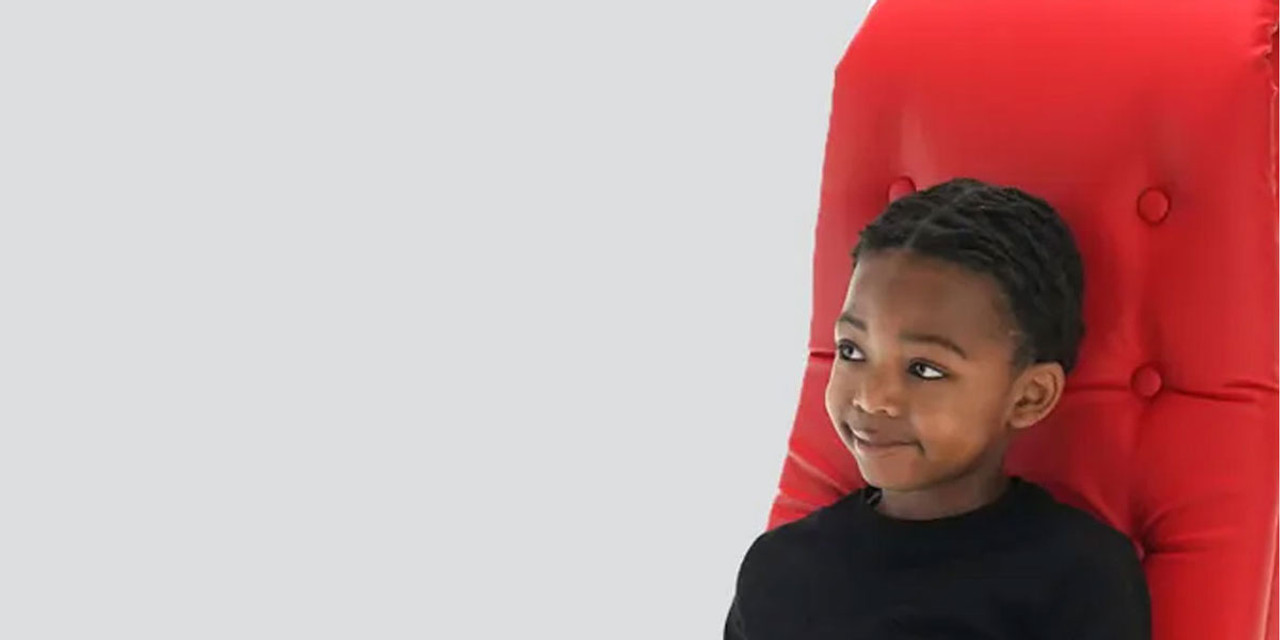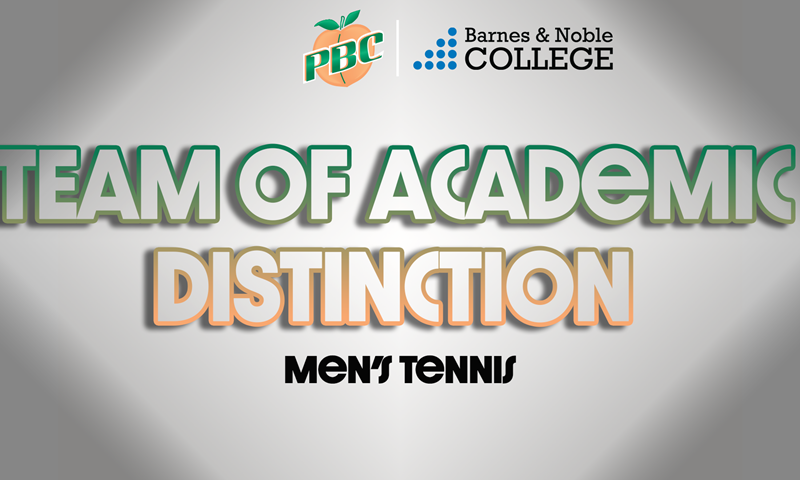Most of us have heard of esports but many don’t realise the fast-growing world of competitive video gaming features tournaments, university scholarships and billions of dollars in revenue.
As we approach the 2032 Brisbane Olympic and Paralympic Games, it’s time for Australia to develop esports talent pathways and invest in infrastructure.
Doing so would create social benefits and economic opportunities, creating jobs in game development, content creation, events and tourism.
The athletes
For those unaware, esports refers to the organised, competitive playing of video games. All esports are video games but not all video games are esports.
Esports players compete in competitions ranging from online ranked play (where you get an Elo rating, like chess) to live, in-person tournaments.
Popular games include League of Legends, Dota 2 and Counter-Strike.
Professional players compete in leagues and tournaments, online or in packed stadiums.
Like most pro athletes, these players often train with their teams daily, and many also train by themselves informally. During training, they are honing reflexes, refining tactics and analysing opponents.
Some competitions offer prize pools worth millions and global audiences can rival major traditional sports broadcasts.
Like traditional sports, esports athletes are scouted young, attend development academies and receive university scholarships.
An Olympic horizon?
Esports has been around in some form since the 1970s but it’s exploded into the mainstream in the past decade.
Unlike traditional sports, which depend on TV deals and fixed broadcast schedules, esports live online. Events are streamed on platforms like Twitch and YouTube, letting fans tune in from anywhere in the world.
Much of the global momentum comes from Asia. South Korea is often credited with legitimising esports through the Starcraft boom of the early 2000s.
Today, China, Japan and other nations have government-backed esports strategies, dedicated arenas and thriving pro circuits.
The International Olympic Committee (IOC)’s announcement of the 2027 Esports Games marks a significant step.
While not part of the main Olympics, this event is a signal esports is valued for its skill, global reach and cultural impact.
With Brisbane to host the 2032 Olympic and Paralympic Games, this may be Australia’s moment to step up by building talent development pathways and investing in major infrastructure: purpose-built training centres, venues for live competition and streaming and systems to support players from grassroots to elite levels.
What’s happening in Australia?
Australia is home to a growing esports community, with thousands of young Australians competing in national and international tournaments.
Esports have become a central part of youth culture, from local high school leagues to university tournaments.
Australia has already shown it can host major international esports events. Over the past decade, we’ve hosted qualifiers for titles such as Counter-Strike, Dota 2 and League of Legends.
Flagship events such as Intel Extreme Masters (IEM), one of the most prestigious esports tournaments globally, continue to highlight Australia’s potential: in 2019, IEM Sydney drew thousands of fans and international teams, filling stadiums and putting Australia on the global esports map.
More recently, IEM Melbourne in April this year brought Counter-Strike 2 back to local fans.
If the right infrastructure is developed here, Australia could become a regular destination for international esports tournaments.
On the education front, universities such as Queensland University of Technology, Swinburne and Southern Cross are leading the way with esports degrees, scholarships and research centres.
These programs don’t just train players, they prepare students for careers in broadcasting, game development, coaching and performance science.
Despite limited national support, some states and councils are experimenting with community programs, while broadcasters such as ESL Australia continue to grow local events and coverage.
Challenges and opportunities
Australia’s esports industry boasts immense potential, but it still faces significant challenges.
The biggest hurdle is a lack of national investment and infrastructure.
Unlike traditional sports, esports have no central body coordinating funding, training or pathways from amateur to professional. While other countries are investing in esports stadiums and elite teams, Australia has largely left the sector to develop on its own.
Another issue is cultural: esports still struggle for full acceptance from sporting bodies, schools and sections of government.
Without a coordinated effort to integrate esports into national sporting strategy, Australia risks being left behind.
Yet the opportunities are clear.
The IOC’s 2027 Esports Games could be a turning point. Ahead of Brisbane 2032, Australia is uniquely positioned to lead a national commitment to esports infrastructure and player development.
Brisbane’s organisers could also advocate for esports’ inclusion in the 2032 Olympics, which could position Australia as a leading contender in this emerging field.
There’s also a chance to combine esports with Australia’s world-class research in sports science and mental health: Australia is leading the way in developing health-focused research and initiatives that address player wellbeing from grassroots to professional levels.
With the right support, Australia could shift from spectator to serious player.




























 Perk reacts | SC with SVP
Perk reacts | SC with SVP



































